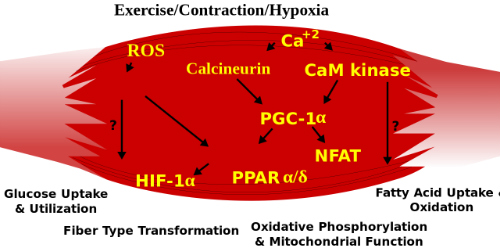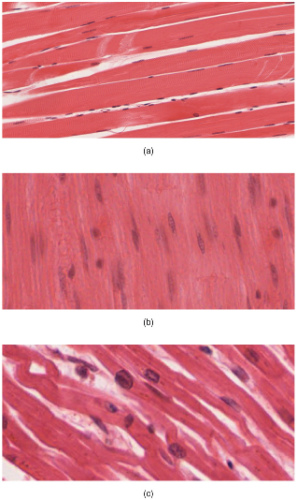- Systematic review and meta-analysis included 23 studies and 954 patients.
- Resistance training has been found to be effective for glycemic control in patients with type 2 diabetes (T2DM) in the early stages of the disease.
- Resistance training should be recommended in the early stage of T2DM, especially for patients with relatively poor glycemic control.
- A substantial amount of exercise might be required to stimulate post-exercise glucose uptake.
Resistance training has been found to be effective for glycemic control in patients with type 2 diabetes (T2DM) in the early stages of the disease, according to a meta-analysis published recently in Sports Medicine
“In terms of glycemic control, RT could be recommended in the early stage of T2DM, especially for patients with relatively poor glycemic control. More benefit would be elicited in less obese patients within a limited range of the BMI. A substantial amount of exercise might be required to stimulate post-exercise glucose uptake, although the dose-dependency was not specifically clarified,” the authors concluded.
During resistance training, muscle fibers are broken down and testosterone, insulin-like growth factor, growth hormone, protein, and other nutrients are consumed by the muscle to help repair the fibers. Resistance training can include weight lifting, isometric exercises, yoga, walking, stair climbing, elastic band stretching, and other exercises that cause muscle breakdown.

specialized characteristics of slow-twitch and fast-twitch muscle fibers.
Systematic Review and Meta-Analysis
The review included 23 eligible studies that included 954 patients with T2DM. The pooled effect size was −0.34% (95% confidence interval; −0.53% to −0.16%). A program with multiple sets of resistance exercise (≥21 vs. <21) per session was associated with a large effect size (P=0.03). A larger effect size was observed in studies of patients who had been diagnosed with diabetes for a relatively short time (<6 vs. ≥6 years; P=0.04). Similarly, a larger effect size was observed among patients with a relatively high baseline HbA1c (≥7.5% [58 mmol/mol] vs. <7.5%; P=0.01]. A smaller effect size was observed in studies of patients with a particularly high mean baseline body mass index (BMI; ≥32 vs. <32 kg/m2; P=0.03).
Linear regression analysis suggested that each increment of 1% in the baseline HbA1c would enlarge the effect size by 0.036%. Each increment of 1 kg/m2 in the baseline BMI decreased the effect size by 0.070% in the range between 22.3 and 38.8 kg/m2.

Multimodal Approach to Glycemic Control
The results of this meta-analysis strongly suggest that resistance training has a place in the multimodal treatment of patients with T2DM, especially in the early stages of the disease. The optimal approach to treatment of these patients will include resistance training along with changes in diet and medication. More aggressive interventions may be necessary in patients with T2DM of longer duration and those with intractable hyperglycemia.
